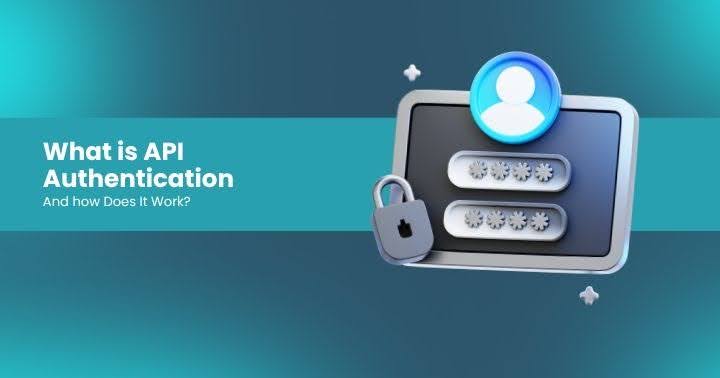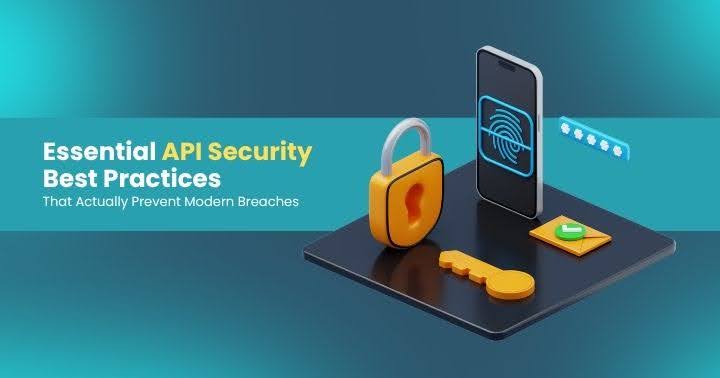Exploring API Authentication Methods
API authentication is a critical aspect of web security, ensuring that only authorized clients can access your API. There are various methods available for API authentication, each with its pros and cons. Here, we'll explore some of the common authentication methods and their use cases.
.png)
1. Basic Authentication
Defined by RFC 7617, Basic Authentication is a straightforward method where the client sends a Base64 encoded string containing the username and password in the request header. If the credentials are invalid, the server responds with a 401 Unauthorized status and a WWW-Authenticate header indicating the supported authentication methods.
Basic Authentication is simple but not very secure because the credentials are only Base64 encoded, not encrypted. Therefore, it should only be used over secure HTTPS connections and is generally not recommended for modern applications.
2. Digest Authentication
RFC 7616 defines Digest Authentication, which offers more security than Basic Authentication. It uses a challenge-response mechanism where the server sends a nonce (a one-time random string) to the client. The client then generates a hash using the nonce, username, password, and other details, which is sent back to the server for verification.
Despite its added security over Basic Authentication, Digest Authentication is not widely used today due to its complexity and better alternatives being available.
3. Mutual TLS (mTLS)
Mutual TLS (mTLS) is an extension of Transport Layer Security (TLS) where both the client and server authenticate each other using certificates. This method provides a high level of security by ensuring that both parties are who they claim to be. It's suitable for scenarios where a high level of trust is required, such as financial transactions.
mTLS requires managing certificates and establishing trust chains, which can be complex and resource-intensive, making it less ideal for simpler applications or where scalability is a concern.
4. Token-Based Authentication
Token-based authentication involves issuing a token to a client upon successful authentication, which the client then uses to access the API. There are several variations, including OAuth 2.0 and JSON Web Tokens (JWT).
- OAuth 2.0: A widely used framework defined by RFC 6749, OAuth 2.0 allows users to grant third-party applications access to their resources without sharing credentials. It involves an authorization server issuing tokens to clients, which are then used to access the protected resources.
- Sender-Constrained Tokens: These tokens are bound to a specific client, ensuring that only the intended client can use them. This is achieved by requiring the client to prove possession of a private key every time the token is used, typically via mTLS or DPOP (Demonstrating Proof-of-Possession).
5. AWS Signatures and HTTP Message Signing
- AWS Signatures: AWS employs a signature versioning mechanism where parts of the HTTP request are signed using the client's secret key. The server then verifies the signature to authenticate the client.
- HTTP Message Signing: A standardized method defined by RFC 9421, HTTP Message Signing provides a way to sign HTTP messages to ensure integrity and authenticity. It's still nascent but offers a structured approach to signing messages in a way that's verifiable by the server.
Choosing the Right Method
Choosing the right authentication method depends on your specific use case:
- For simplicity and ease of use: Basic or token-based authentication methods like OAuth 2.0 are often sufficient.
- For enhanced security: Consider mTLS or sender-constrained tokens, especially if you're handling sensitive data.
- For compatibility with AWS services: AWS Signatures might be the most straightforward approach.
Conclusion
API authentication is a vital component of securing your web applications. While Basic and Digest Authentication are simpler, they are less secure compared to modern methods like OAuth 2.0 and mTLS. Understanding the various options and their appropriate use cases can help you implement a robust authentication mechanism tailored to your needs.
For more in-depth information on these methods and a comprehensive course on API authentication, you can visit QWERTY.io’s website and check out their new course on API authentication, which covers these topics in greater detail.
Watch Travis' session at APISEC|CON.
Latest Articles
Earn your APIsec University Certificate
Earn an APIsec University certificate and badge for completing any of our courses.
Post your badge on LinkedIn and share your accomplishments. You can even receive CPE credits for taking these courses.











